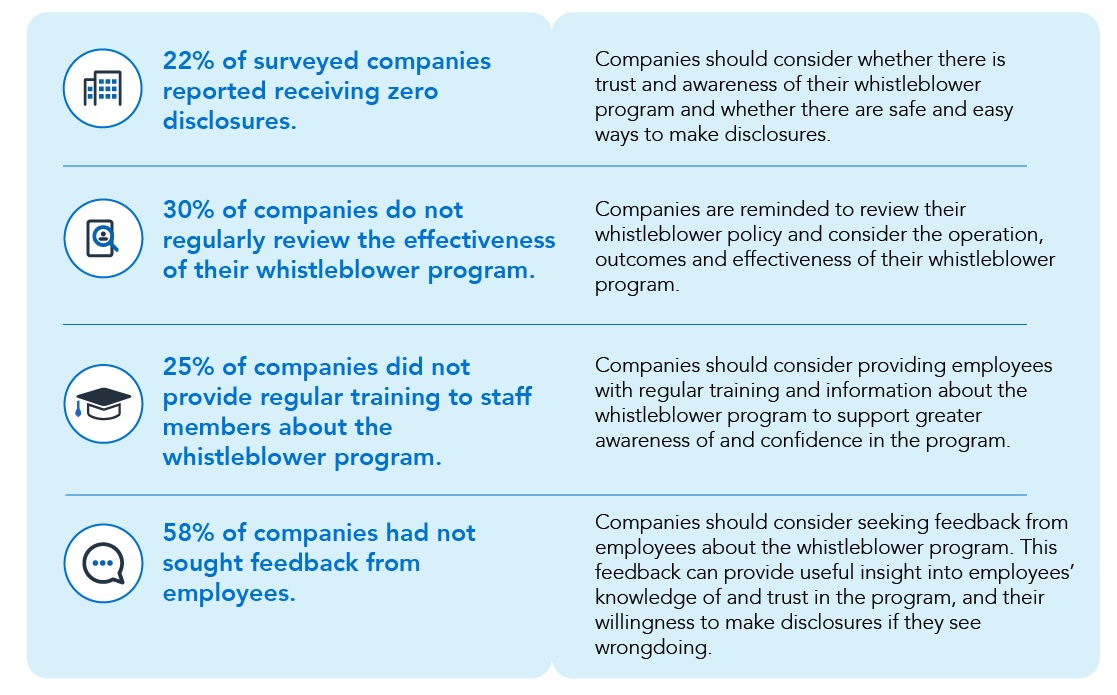Australian Workplace Absenteeism Statistics
2025 absenteeism statistics show rising costs and productivity losses.

Understanding Absenteeism and Its Business Impact
Absenteeism refers to employees frequently missing work beyond what is considered reasonable, whether due to illness, burnout, disengagement, or other personal reasons.
Businesses often struggle with unplanned absences leading to workflow disruptions, increased strain on remaining employees, and financial losses.
High absenteeism rates can also signal deeper issues within the workplace, such as poor morale, ineffective leadership, or a lack of employee wellbeing initiatives.
Addressing absenteeism proactively through supportive policies and other mechanisms like EAP services and engagement strategies is crucial for maintaining a productive and resilient team at work.
Employee Absenteeism General Statistics
1. Australian workplaces lose around $33 billion annually due to absenteeism [1]
This substantial financial burden affects businesses of all sizes, particularly those reliant on in-person operations.
2. Unplanned absences can reduce productivity by as much as 40%. [2]
Workplace efficiency suffers when teams are understaffed, leading to missed deadlines and decreased overall output.
3. Nearly 50% of all overtime is used to cover for absent employees. [2]
This reliance on overtime can strain budgets and contribute to employee burnout, further increasing absenteeism rates.
4. Employees experiencing mild depression take nearly twice as many sick days as those without mental health issues. [3]
This highlights the importance of mental health initiatives in reducing absenteeism and promoting a healthy work environment.
5. For an Australian business, an unexpected absence of an employee can result in a cost of up to $340 per day [4]
These costs include lost productivity, replacement staffing, and potential impacts on customer service.
6. Wellness interventions were found to improve absenteeism rates by up to 40% [5]
A review of organisational interventions found that 45 out of 55 case studies saw a decline of 30%-40% in absenteesim due to the implementation of wellness interventions.
7. Increased job control and mental health support could reduce absenteeism costs by $4.6 billion across the economy [6]
It’s estimated that strategies such as increased job control and workplace therapy would produce a collective $4.6 billion per year in absenteeism savings
8. Short term absences including carers leave and unexpected illness account for 90% of all absences [7]
Survey studies show that short-term absenteeism is the most problematic absence accounting for 90% of all absence cases including carers leave, unexpected illness and chucking a sickie.
Strategies for Reducing Employee Absenteeism
Reducing absenteeism isn’t just about tracking days off—it’s about understanding why employees aren’t showing up and addressing the root causes. S
tress, burnout, disengagement, and personal struggles all contribute to frequent absences. Creating a workplace where employees feel supported can make a significant difference.
Offering flexible work arrangements, mental health days, and stress management programs can help prevent absenteeism before it becomes a problem. Simple initiatives like wellness programs, EAPs (Employee Assistance Programs), and workplace counselling give employees the tools to manage challenges proactively rather than resorting to unscheduled time off.
Talk to Foremind today about how an EAP can support your team’s wellbeing and reduce absenteeism.
References
[1] PWC Creating A Mentally Healthy Workplace Report
[2] Team Sense, 20+ Statistics About Absenteeism in the Workplace
[3] Safe Work Australia (2012). The Australian Workplace Barometer: Report on Psychosocial Safety Climate and Worker Health in Australia.
[4] Third Sector, Absenteeism in the Australian Workplace
[5] PWC Building The Case For Wellness
[6] KPMG, Investing To Save
[7] Direct Health Solutions, Managing Absenteeism in Australia
Related Articles
- Australian Employee Burnout Statistics
- Mental Health In Construction Statistics
- Workplace Bullying Statistics
- Small Business Employment Assistance Programs
- What is Employee Counselling?

Hello 👋 I’m Joel the founder of Foremind.
Are you ready for simplified support & compliance?
Latest insights
Answers to the frequently asked questions.
Still have questions?
Email us at enquiries@foremind.com.au and we'll get back to you quickly with a response
Yes, we have culturally competent counsellors available, including those able to work with first nation and CALD employees.
Onshore on secure AWS Servers in Sydney Australia. All data is encrypted in transit and at rest and our entire team is located in Australia.
Employees can access our platform on any device (mobile, laptop, desktop, etc.) as long you have the website link - no need to download any app on devices. You wouldn’t need to enrol any of your staff individually.- When we do our onboarding, we ask for the first name, last name and email of all your employees, and send out an email invite to all them which will allow them to create their own individual account to access the platform. For new staff we can also invite them or provide you with a unique link to embed in your onboarding process, whichever is more convenient for you. We also kick things off with a launch webinar or video to make sure everyone is aware of Foremind and how to use it. We’ll also provide you with any collateral such as posters, QR codes, brochures etc. to help drive awareness and encourage people to create an account in the platform.
The support line is answered by our reception service 24/7. It is for urgent platform or session-related issues only (e.g. *“My counsellor didn’t show”*) or helping staff create an account.






